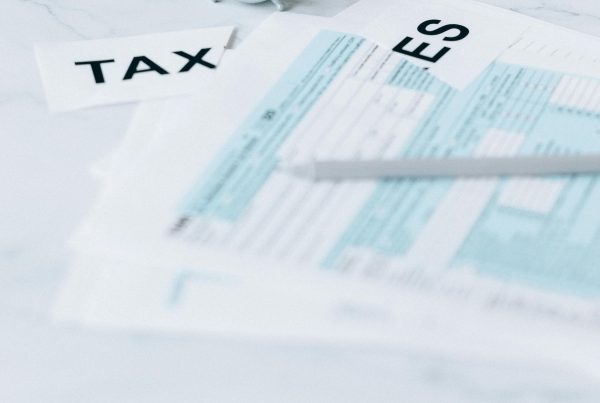ATO Data-Matching Targets Rental Property Owners
The ATO has announced that it will run a new data-matching program to collect property management data for the 2018–2019 to 2022–2023 financial years, and will also extend the existing rental bond data-matching program through to 30 June 2023.
Each year the ATO conducts reviews of a random sample of tax returns to calculate the difference between the amount of tax it has collected and the amount that should have been collected – this is known as a “tax gap”. For the 2017–2018 year the ATO estimated a net tax gap of 5.6% ($8.3 billion) for individual taxpayers, with rentals making up 18% of the gap amount. The new and extended data-matching programs are intended to address this gap, making sure that property owners are reporting their rental income correctly and meeting their related tax obligations.
In comparison, the net tax gap in 2018–2019 for high wealth groups was 7.4%, for medium businesses it was 6.2% and for medium businesses it was 11.5%.
The information obtained under the two data-matching programs will include property owner identification details such as unique IDs, individual/non-individual names, addresses (residential and postal), email addresses, contact numbers, BSB numbers, bank account numbers, bank account names, and business contact names and ABNs (if applicable).
Rental property details will include addresses, dates that properties were first available for rent, periods of leases, commencement and expiration dates of leases, amounts of rental bond held, numbers of weeks each rental bond represents, amounts of rent payable for each period, periods of rental payments (weekly, fortnightly or monthly), types of dwellings, numbers of bedrooms, rental income categories, rental income amounts, rental expense categories, rental expense amounts and net rent amounts.
The programs will also obtain details of the property managers involved, including business names, managing agents’ full names, business addresses (including internet addresses), email addresses, contact numbers, ABNs and licence numbers.
Rental bond data will be acquired biannually from state and territory rental bond regulators, and property management data will be acquired from property management software providers.
It is expected that records relating to around 1.6 million individuals will be obtained each financial year as part of the property management program, and records of an estimated 350,000 individuals will be obtained under the rental bond program. Due to the nature of the data collected, the ATO expects some overlap.
The ATO will use the vast amount of data collected to perform detailed analytics for its compliance programs, ensuring that taxpayers who own income-producing property are meeting their obligations to report the correct amount of income in their tax returns. It will also identify taxpayers disposing of income-producing properties, which will trigger a CGT event. The ATO notes that it will use historical rental bond data to support CGT cost base calculations if necessary.
While the data collected from the programs will be retained for seven years from receipt of the final instalment of verified data from data providers, the ATO’s general compliance approach will align with the standard periods for review (commonly two years for individuals and small businesses) and recordkeeping (usually five years). In cases of fraud or evasion, however, there is no time limit for amending an assessment.
Important: Clients should not act solely on the basis of the material contained here. Items herein are general comments only and do not constitute or convey advice per se. Also, changes in legislation may occur quickly. We, therefore, recommend that our formal advice be sought before acting in any of the areas.



